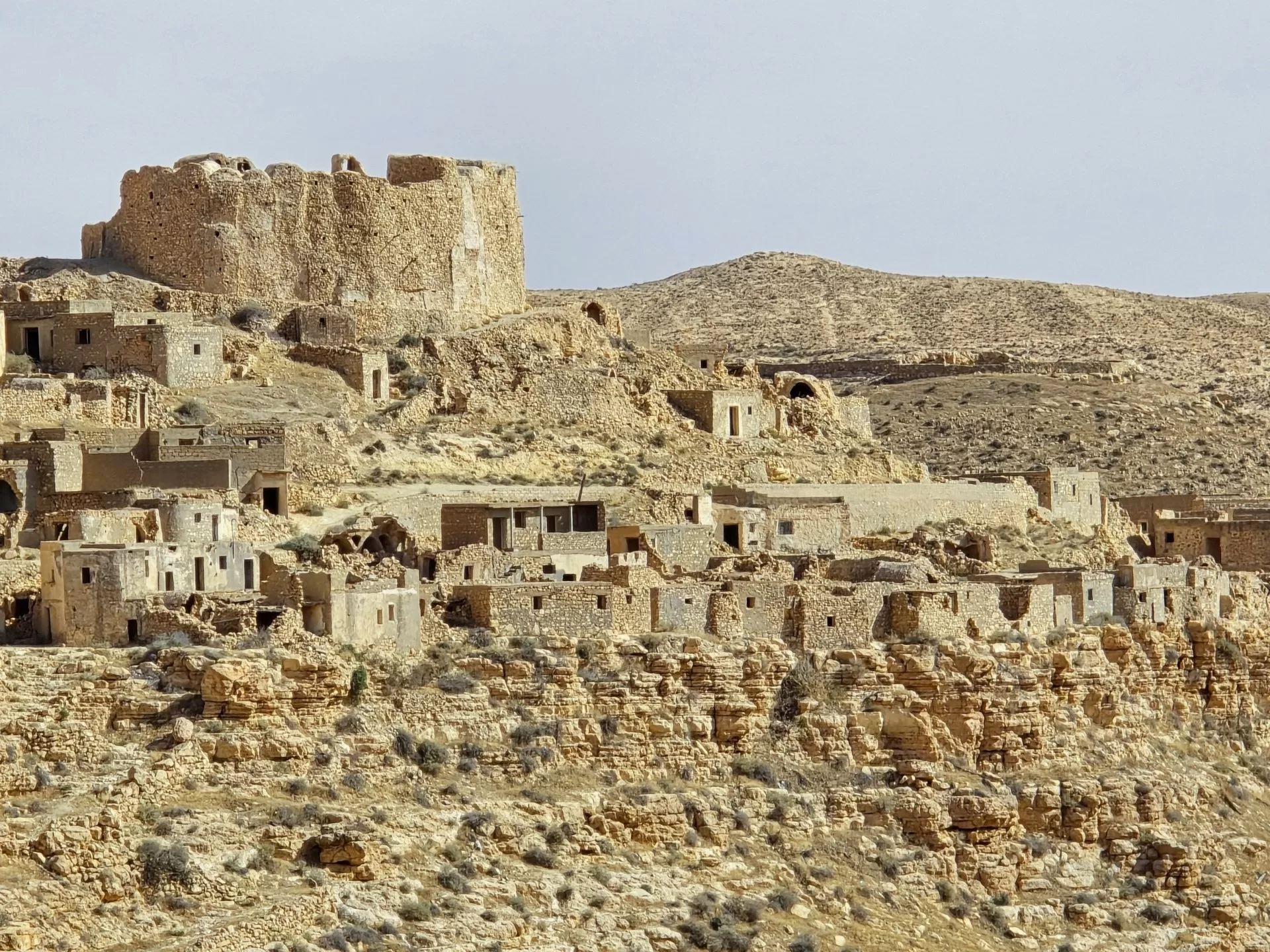In the Libyan village of Kabaw in the Nafusa Mountains, Mohamed Maakaf waters an ailing fig tree as climate change pushes villagers to forsake lands and livestock.
Kabaw was once flourishing and known for its figs, olives and almonds. Now its fields are mostly barren and battered by climate change-induced drought.
The area about 200km (125 miles) southwest of Tripoli was once “green and prosperous until the beginning of the millennium”, Maakaf recalled. “People loved to come here and take walks, but today it has become so dry that it’s unbearable.”
“We no longer see the green meadows we knew in the 1960s and ’70s,” added the 65-year-old, wearing a traditional white tunic and sirwal trousers.
Kabaw, like many villages in the Nafusa Mountains, is primarily inhabited by Amazigh people, a non-Arab minority.
Libya, which is about 95 percent desert, is one of the world’s most water-scarce countries, according to the United Nations.
Its annual precipitation in coastal areas has fallen from 400mm (16 inches) in 2019 to 200mm (8 inches) today, and water demand is higher than what is available.
Mourad Makhlouf, mayor of Kabaw, says drought in the last decade has pushed hundreds of families to leave for the capital, Tripoli, and other coastal cities, where water is easier to access.
“It’s not just about water scarcity or crops dying due to drought,” Makhlouf said. “There is a demographic and human dimension with the exodus of hundreds of families towards the capital and coastal towns.”
Suleiman Mohammed, a local farmer, fears that climate change will soon cause everyone to leave because “living without water is certain death.”
“How can we be patient?” he said. “It has gotten to the point where breeders sell their livestock because keeping them costs twice their value.”
Standing by a cluster of dead tree trunks, Maakaf decried the loss of “thousands of olive trees”.
“Some were 200 years old and inherited from our grandfathers,” he said.
Hoping to alleviate the burden, local authorities began selling subsidised water for 25 Libyan dinars (about $5) per 12,000 litres (3,170 gallons).
“We manage to water our fields two to three times a week, but water is expensive,” Maakaf said, adding that they also rely on private tanker trucks selling the same amount for up to 160 dinars ($33).
